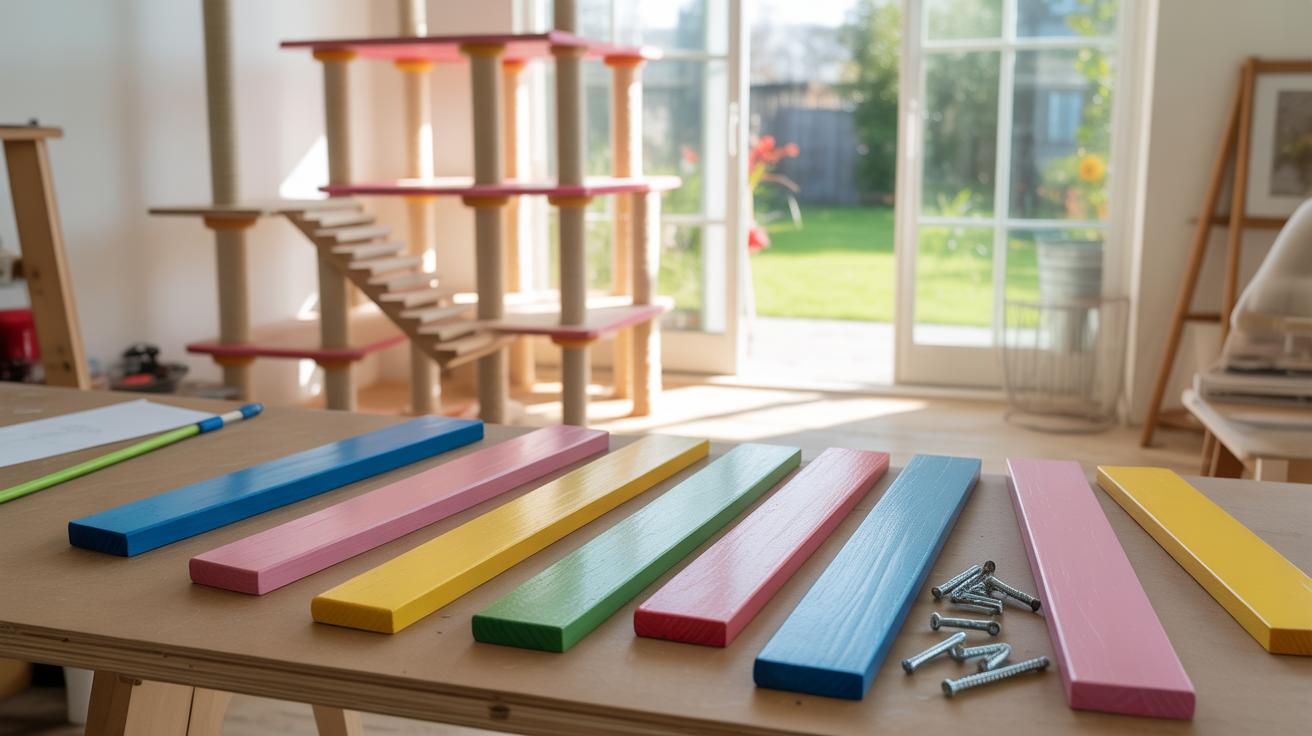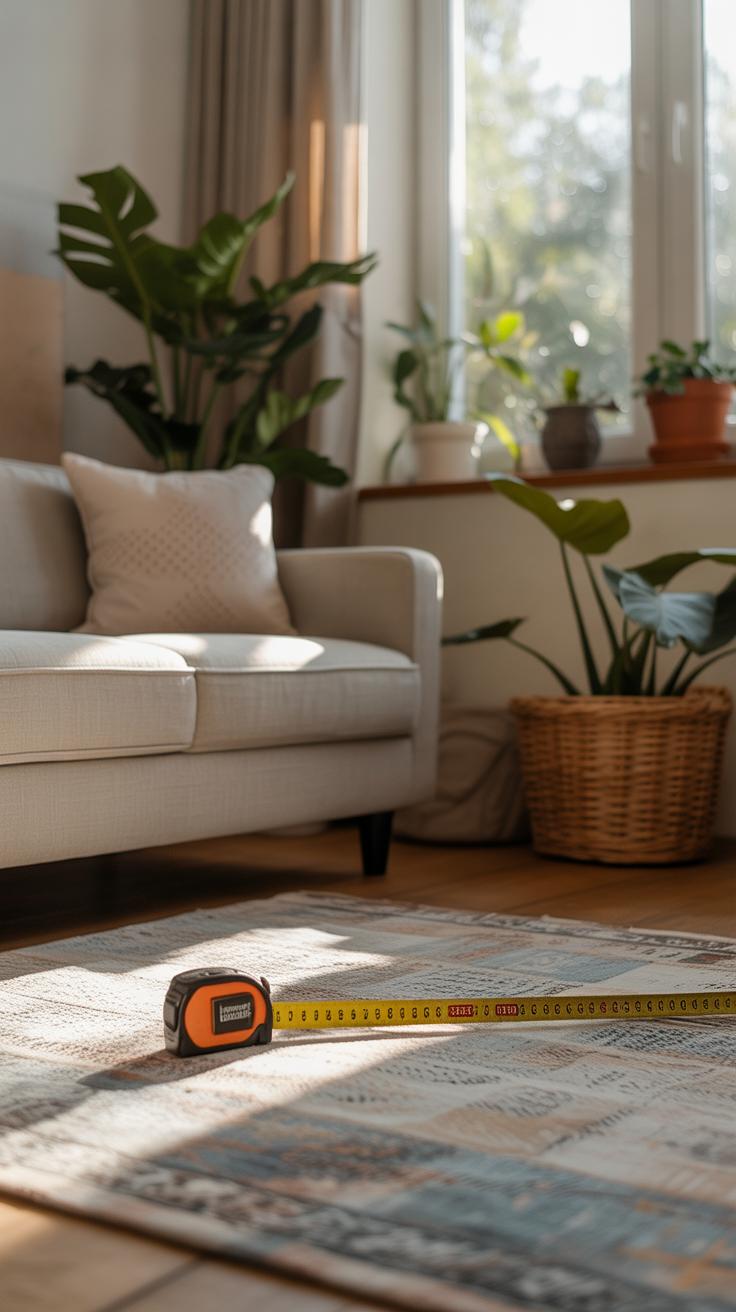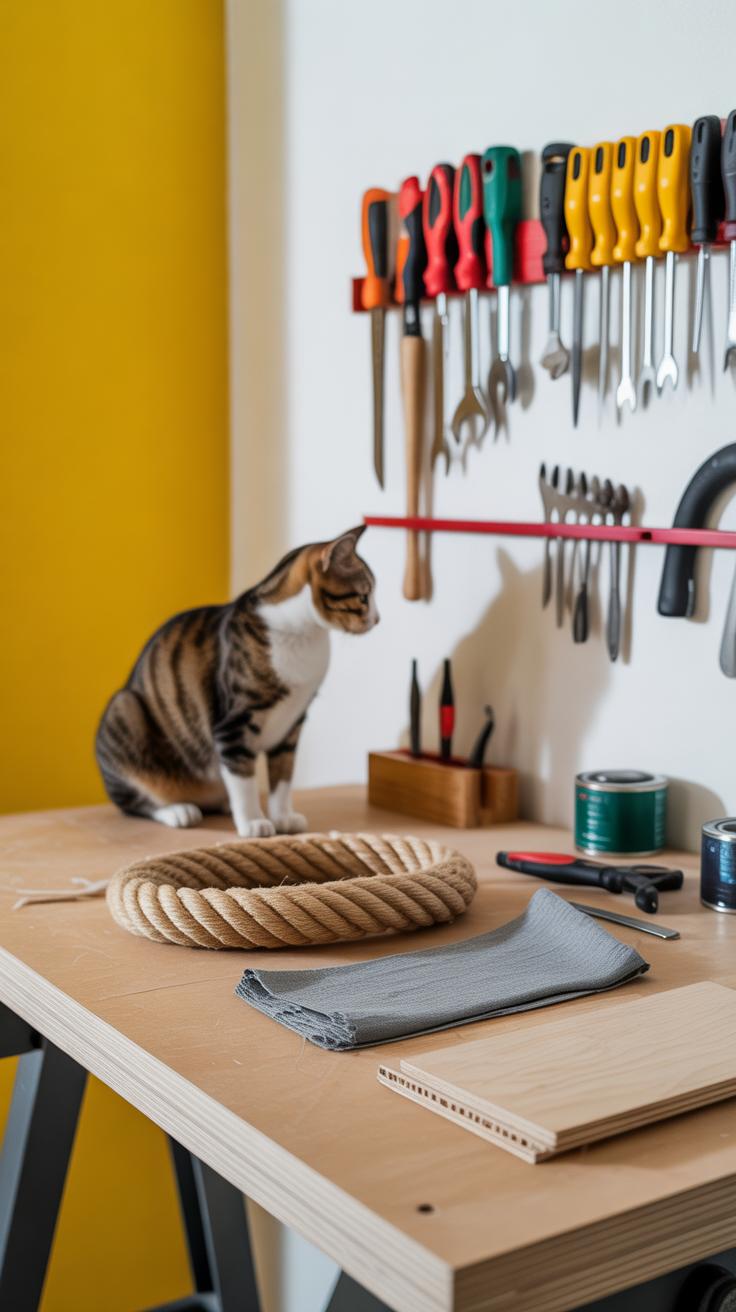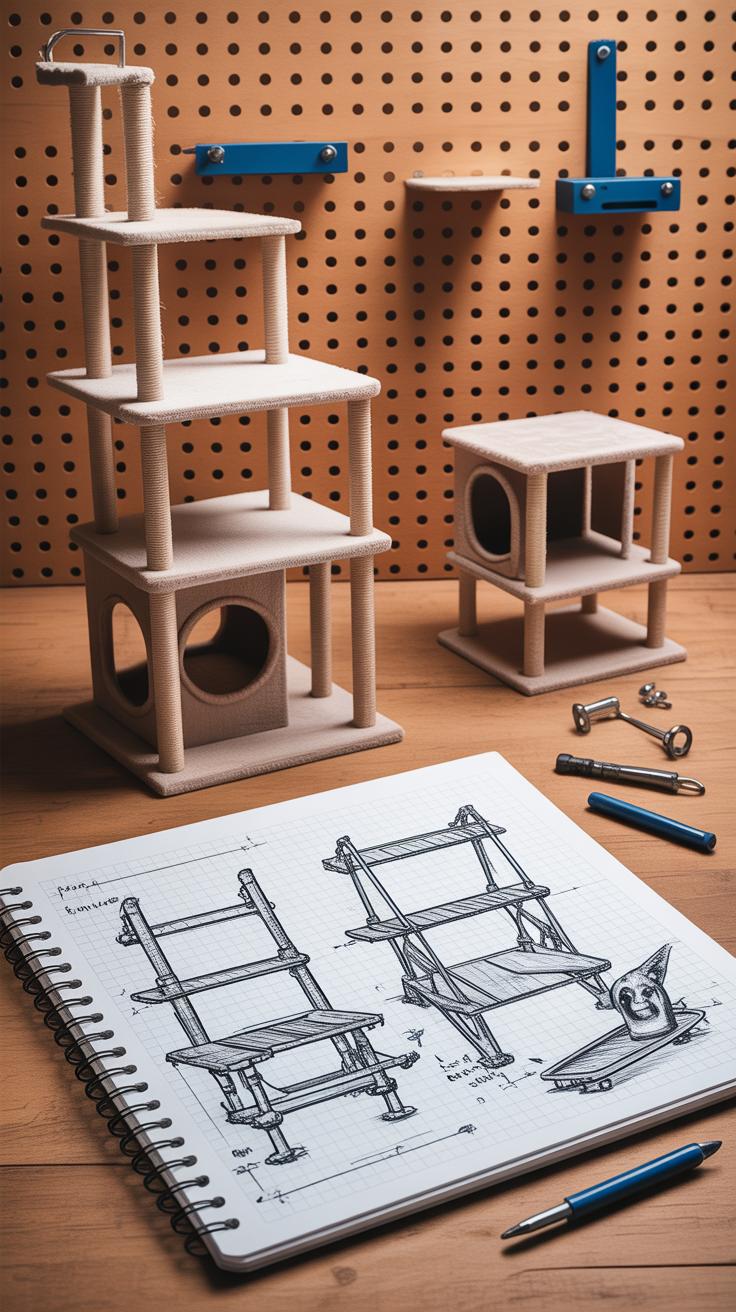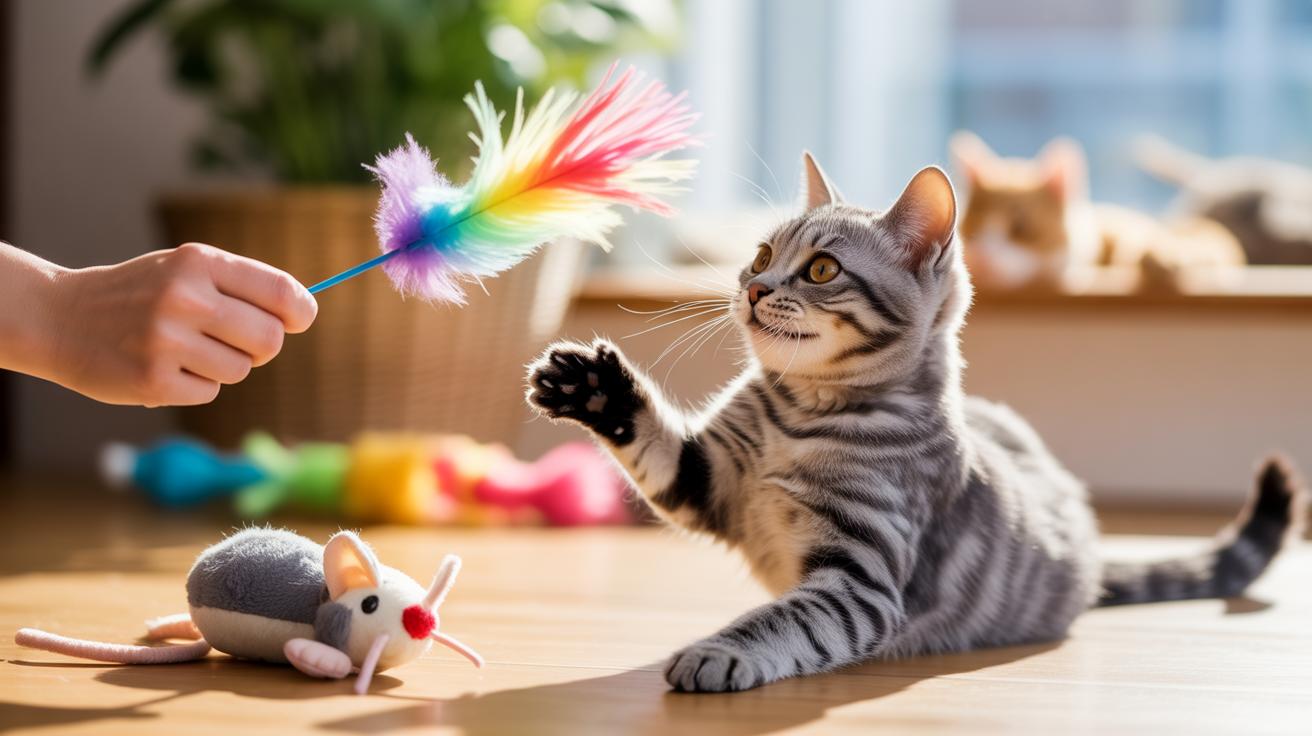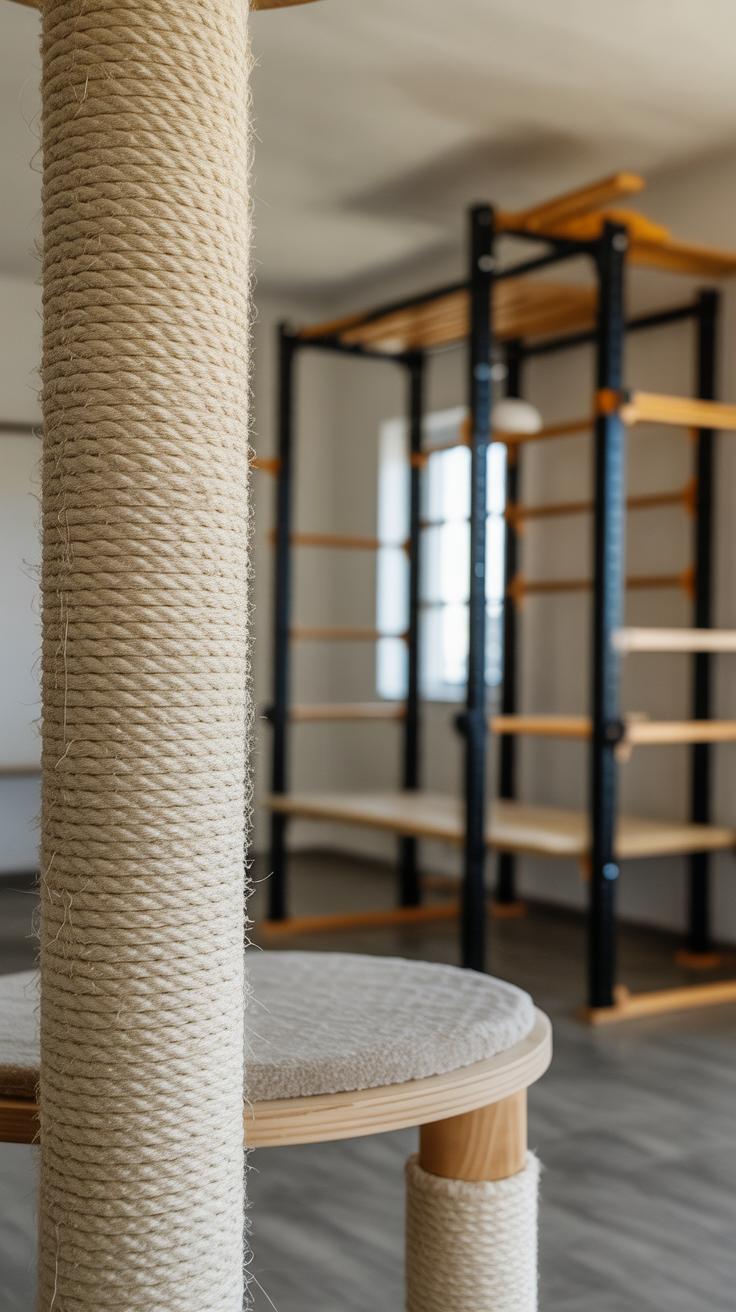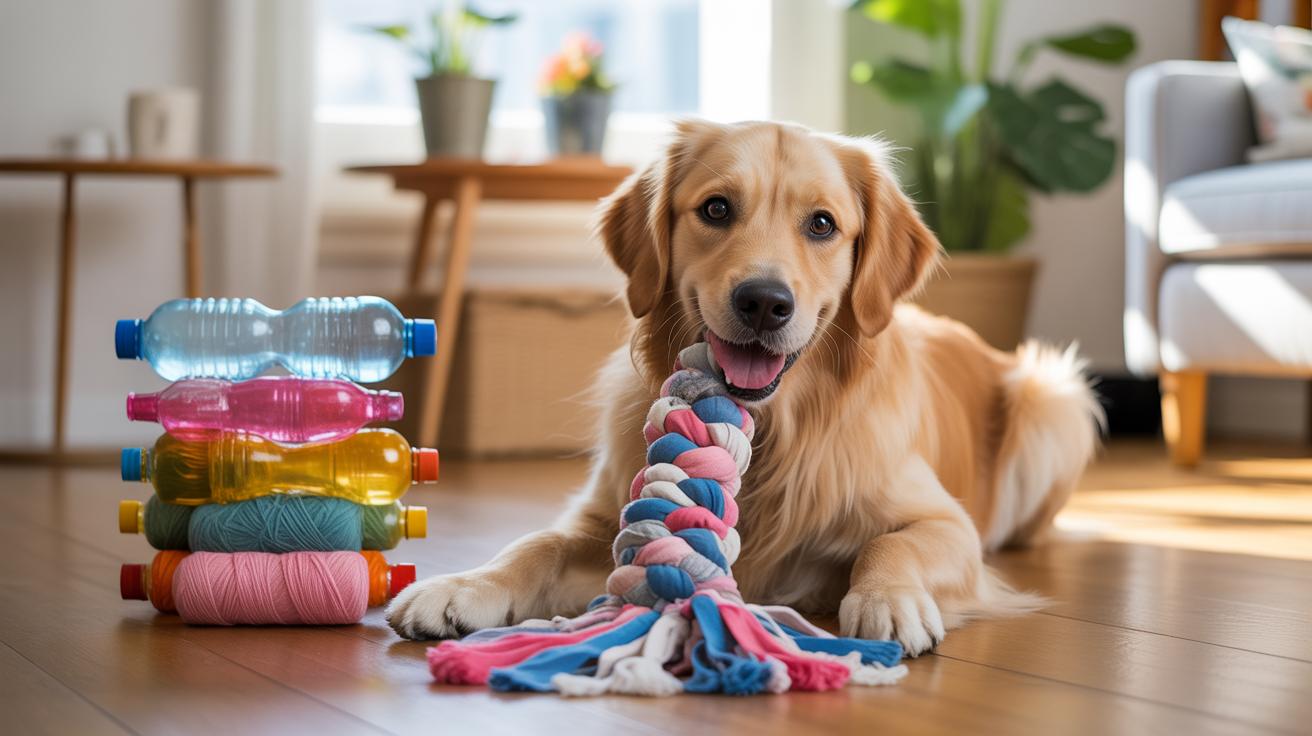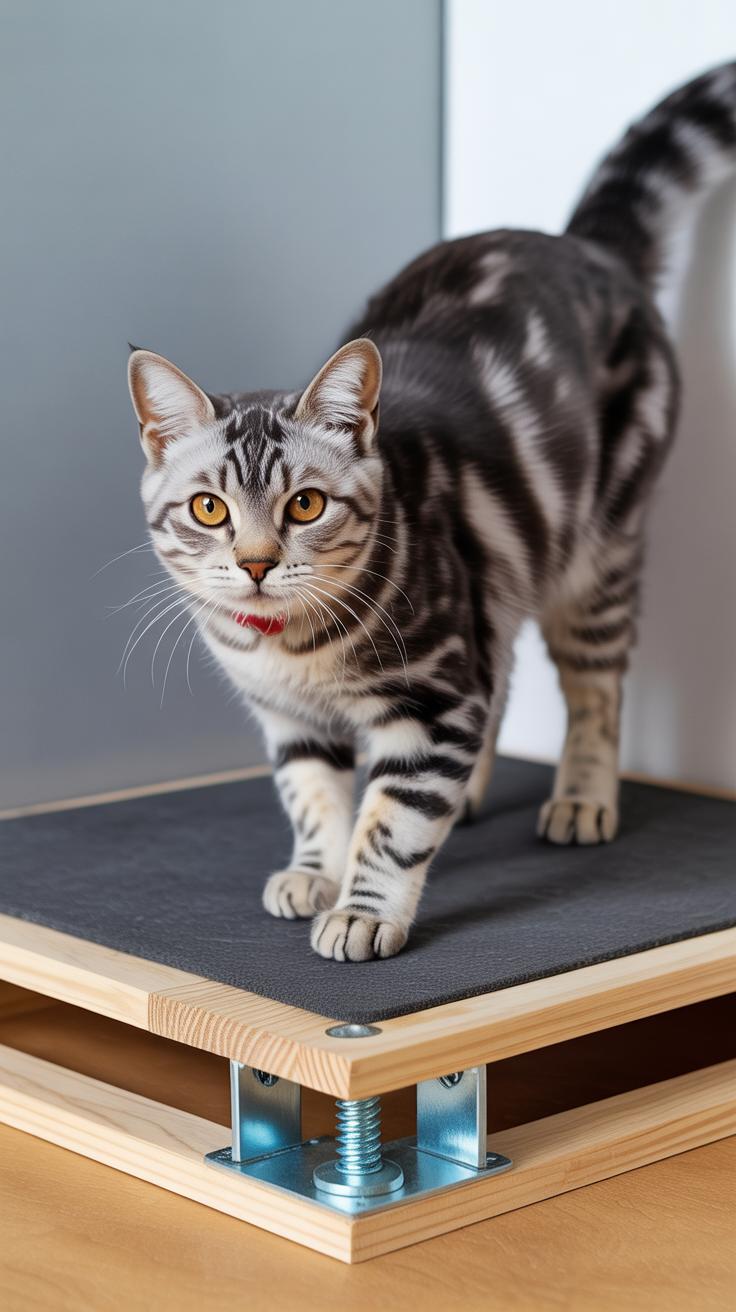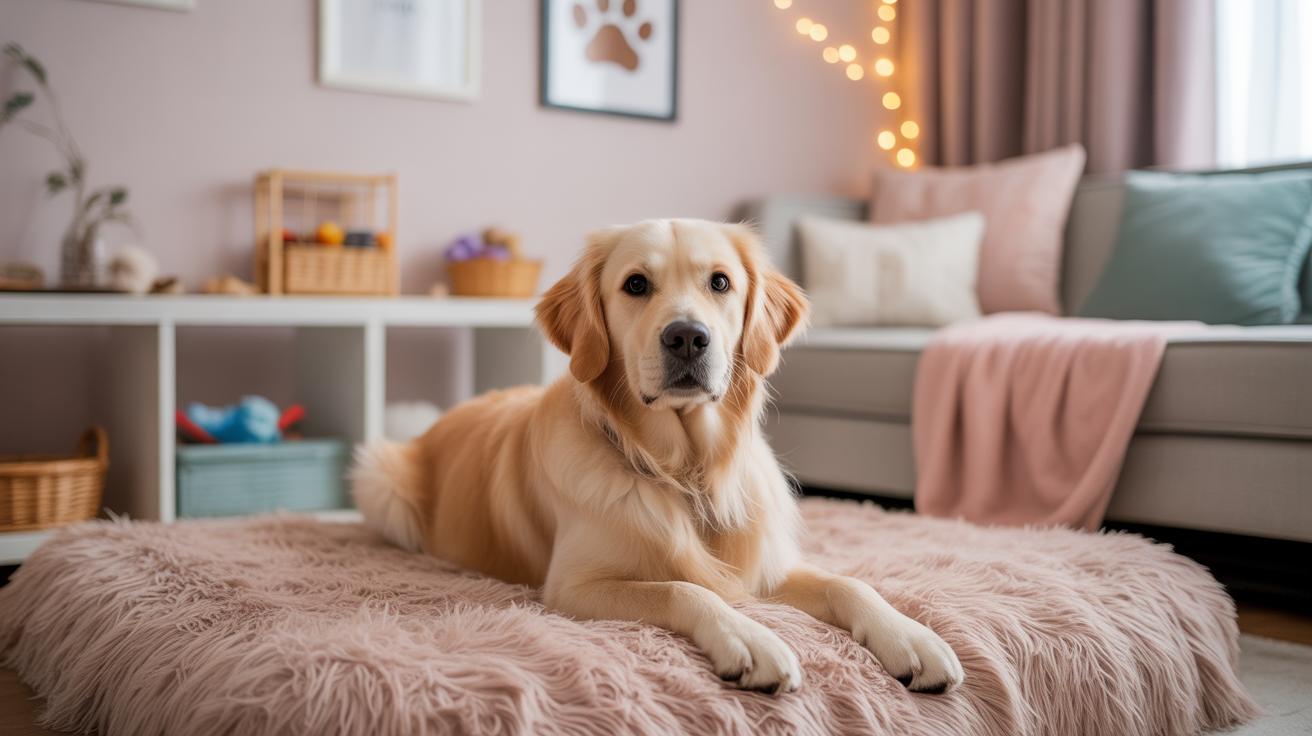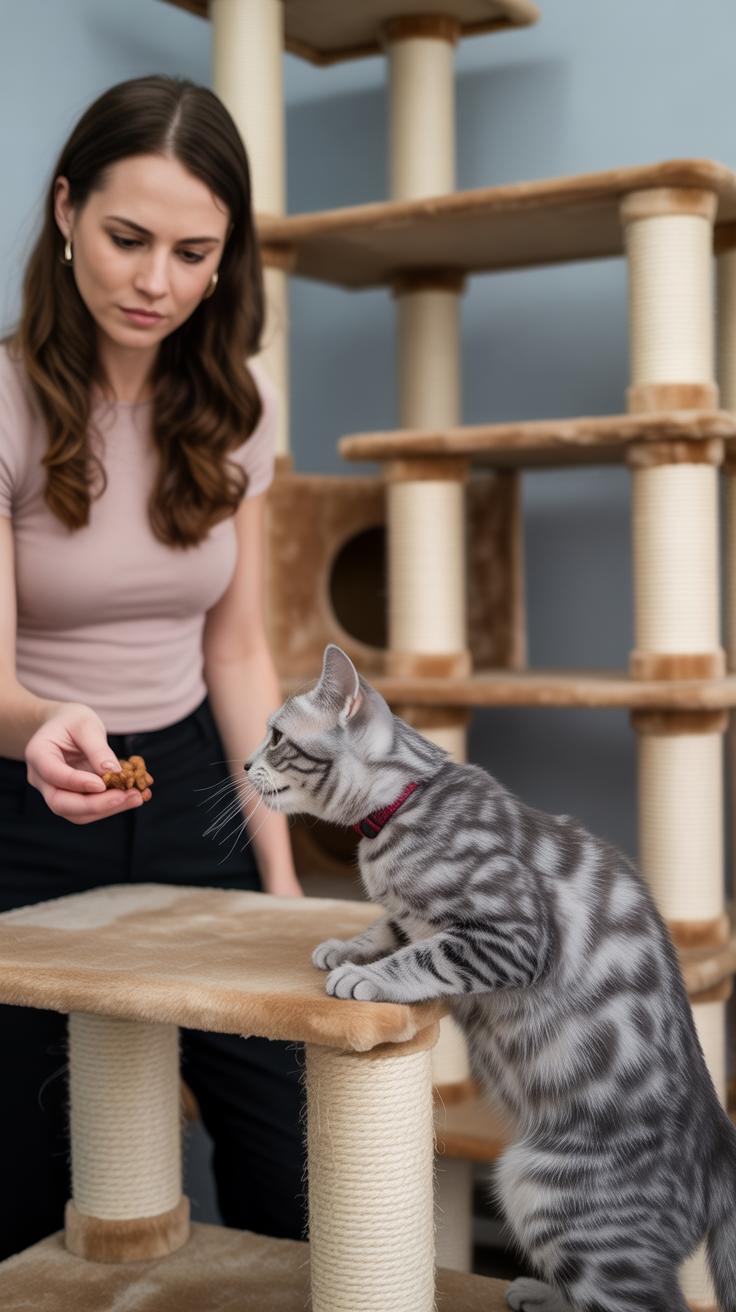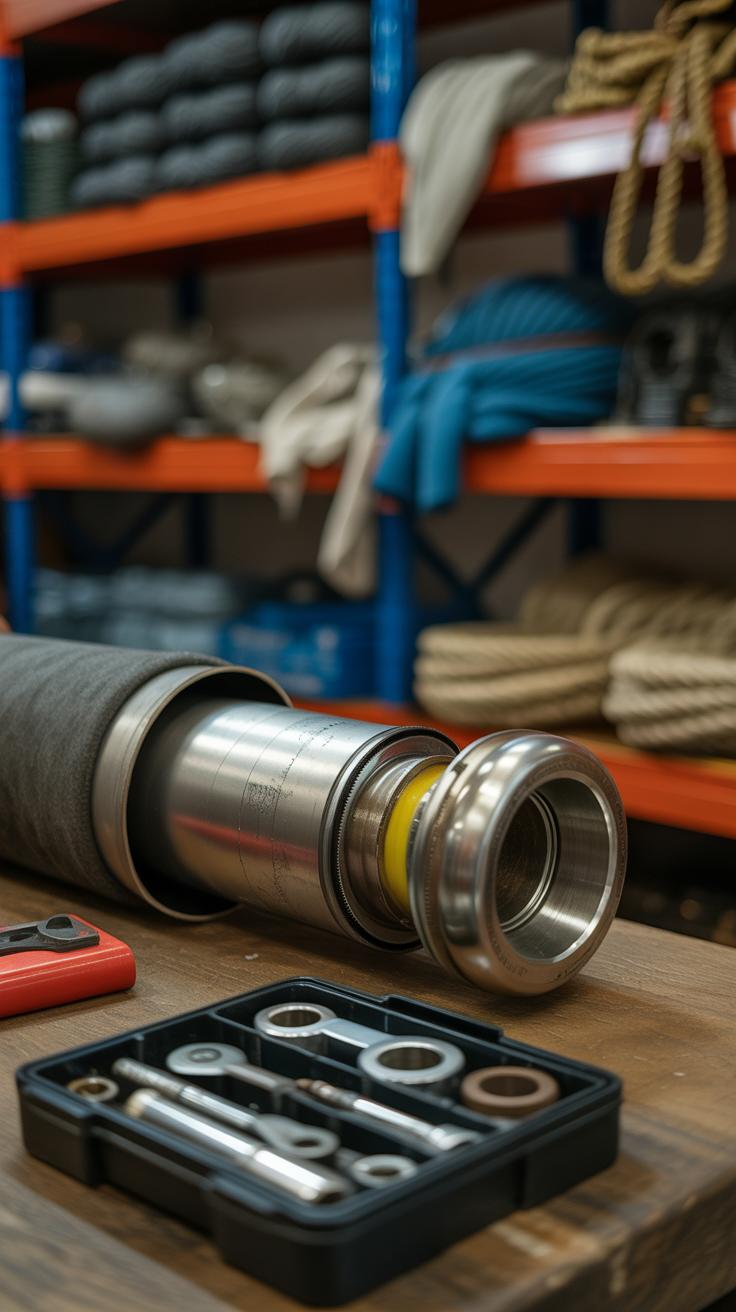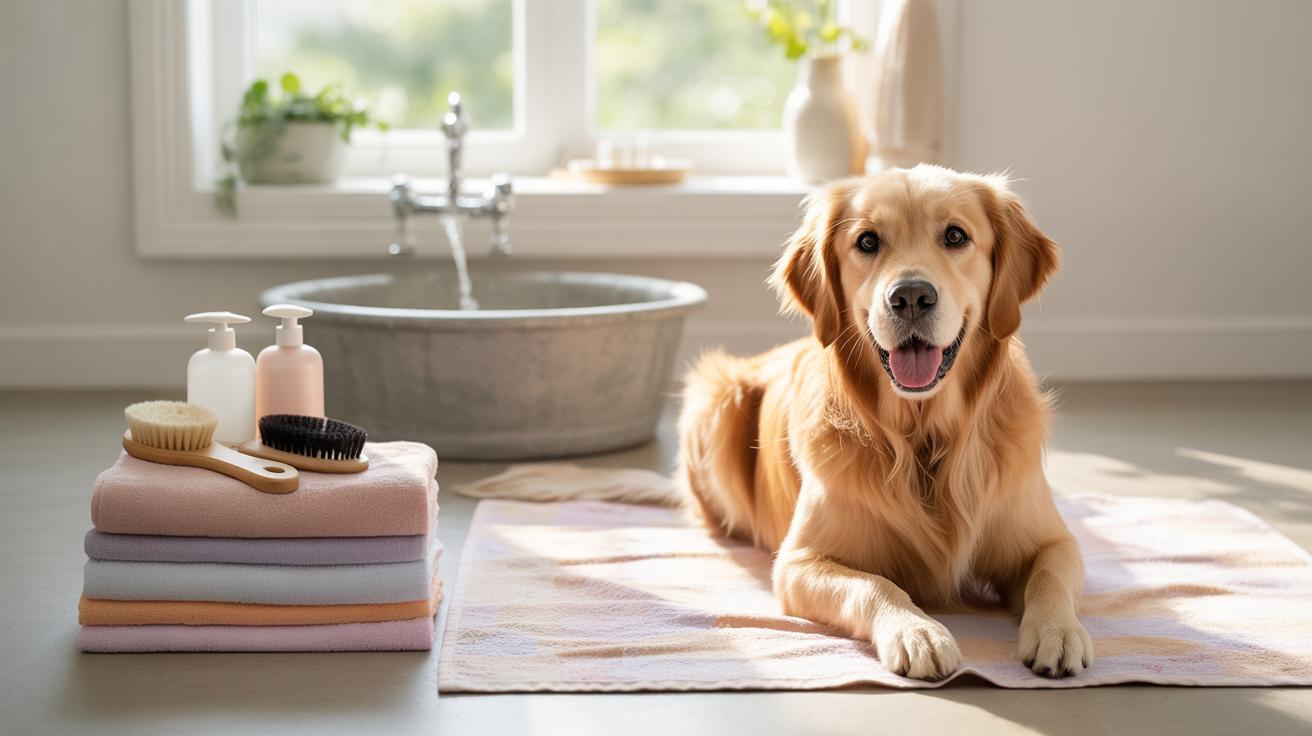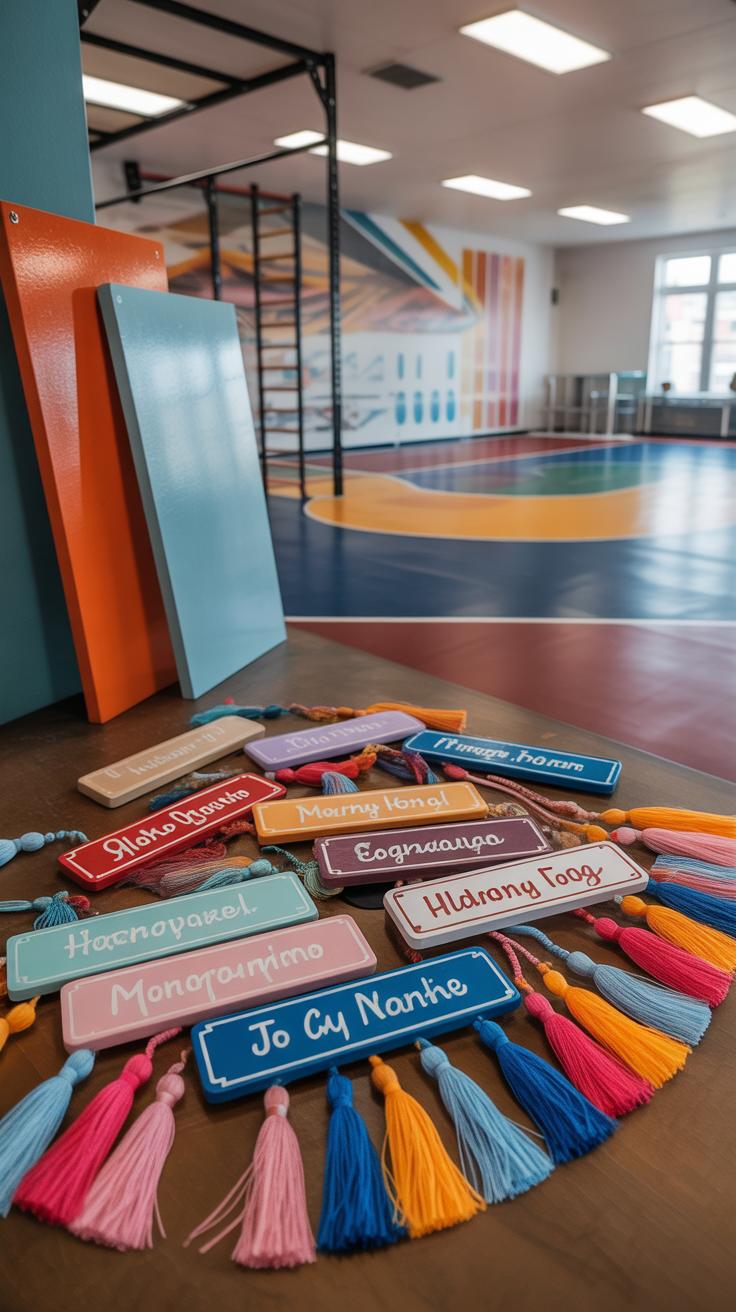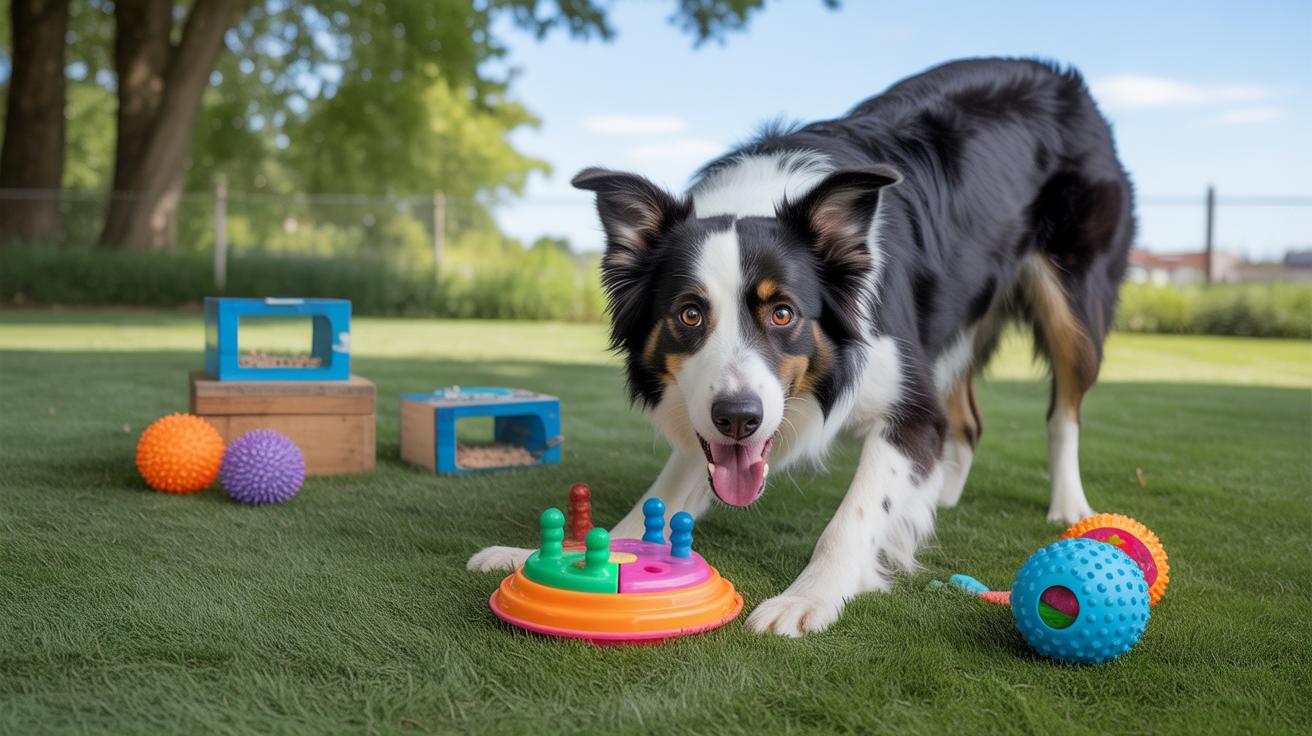Introduction
Creating a DIY cat gym is a great way to keep your cat active and entertained. Cats have natural instincts to climb, scratch, and explore. A cat gym provides a dedicated space where your cat can exercise and engage their mind safely indoors.
This article will guide you through the benefits of building a cat gym and provide a detailed step-by-step plan to create one at home. Whether your cat is young or older, a cat gym can improve their physical health and reduce boredom. Get ready to build a fun environment that you and your cat will enjoy.
Choosing The Right Location For Your Cat Gym
When it comes to building a cat gym, where you place it matters more than you might think. You want a spot that your cat will actually use, not just something tucked away where it becomes forgotten. Cats are curious but also cautious, so they tend to prefer spaces that feel safe and visible.
Look for an area with enough room for climbing, jumping, and stretching. Cramped corners don’t encourage much movement, and your cat might just ignore the gym altogether. At the same time, the space shouldn’t be too exposed or noisy, since cats can get overwhelmed by too much activity around them.
Think about accessibility from your cat’s usual hangouts. If the gym is too far or inconvenient, your pet might lose interest quickly. I’ve found that placing the gym near a sunny window or where the family spends time increases the chances of regular play.
Safety is key. Avoid spots near fragile items or where your cat could get stuck or hurt. The floor surface beneath the gym matters too—slippery floors or sharp edges can make playtime riskier than it needs to be.
- Pick a spot with moderate noise levels and good visibility
- Ensure enough space for your cat to move freely and explore
- Keep the area free from hazards and breakables
- Choose a location close to where your cat likes to rest or watch the world
Ultimately, choosing the right spot is a bit of trial and error. Watch how your cat reacts to different areas before settling in.
Find A Quiet And Safe Place
When picking a spot for your cat gym, think carefully about how your cat feels in different parts of your home. Cats tend to avoid noisy and busy areas. So, placing the gym somewhere quiet, away from heavy human traffic, can really help your cat relax and feel secure. Maybe you have a corner in your living room that rarely sees much action, or a spare room where things are generally calm. These can work well.
I once set up a small play area near the kitchen, thinking it would be convenient, but my cat ignored it completely. It was just too noisy with people coming and going. Cats need a sense of safety to explore and play freely — without that, the gym might just become another ignored spot.
Consider Natural Lighting
Natural light can influence your cat’s behavior more than you might expect. Cats enjoy basking in sunny spots, often sticking around where the light hits. Building the gym near a window with good daylight helps attract them during the day and boosts their mood. Sunlight supports their natural rhythms — they might even nap lightly between jumps and climbs.
Of course, too much direct sun might make things uncomfortably warm or glare off surfaces, so you’ll want to strike a balance. Try to find a location with plenty of indirect sunlight or filtered light. It’s a subtle thing that can change whether your cat sees the gym as a cool hangout or just another piece of furniture.
And think about what time of day your cat is most active. If they tend to roam around in the afternoon, placing the gym near a south or west-facing window might encourage more frequent visits. But if they’re night owls, natural light might not matter as much. It’s a bit of trial and error — but worth the effort.
Selecting Materials For Your Diy Cat Gym
When building a cat gym, the materials you pick can make all the difference between a space your cat loves and one they ignore. Wood often works well—it’s sturdy but also natural and cats don’t mind scratching it. Just make sure to use untreated wood or something sealed with non-toxic finishes; you don’t want your cat licking harmful chemicals off their new playground.
Carpet is another good option. Cats enjoy how soft it feels under their paws and it’s great for traction when climbing. You don’t have to overdo it; small carpet patches or runners placed strategically can give varied textures. That said, choose a carpet with a low pile height since cats might get their claws caught otherwise.
Sisal rope is almost a must-have. It’s the classic scratching material and brings that rough texture cats seem to instinctively crave. Wrapping posts or edges in sisal encourages healthy scratching behavior without destroying furniture. Sisal’s durability means it won’t fall apart quickly.
It helps, I think, to imagine your cat testing everything with teeth and claws. So all materials should be non-toxic and tough enough to resist damage over time. You’ll save yourself the hassle of frequent repairs and keep your cat safe. Would you rather use plastic? Probably not. It’s too slick and easily chewed through.
Textures really matter too. Cats like variety—rough sisal here, soft carpet there, and smooth wood elsewhere. This mix keeps the gym interesting and stimulates their natural behaviors. You might notice that your cat prefers one texture over another; that’s fine, just include options and watch to see what they enjoy most. Don’t be surprised if their favorites change over time.
Designing Climbing Structures And Platforms
When building your cat gym, creating multiple levels is essential to keep your cat moving and engaged. Cats love to climb and explore vertical spaces, so think about using shelves, ramps, or stacked boxes at varying heights. Don’t feel pressured to make everything perfectly even—some uneven or staggered platforms can be more interesting for your pet. Try mixing lower spots where your cat can easily jump up with higher perches that let it survey the room.
For example, I once made a wall-mounted shelf a bit higher than the others, and my cat quickly claimed it as a favorite lookout. Watch how your cat approaches these structures: do they prefer shorter jumps or big climbs? This might influence how you arrange the layers.
Besides climbing, cats need places to rest. Including cozy perches with soft cushions or padded blankets gives them welcome spots to relax. Enclosed hideouts, like cubbies or small covered boxes, also appeal to their need for security. Your cat may retreat here for a quick nap between adventures. I’ve noticed that after energetic play, my cat heads straight for a snug hideout.
When planning these spots, consider stability and comfort. Cats want perches that don’t wobble and hideouts that feel snug but not cramped. Adding a mix of open spaces for watching and enclosed nooks for privacy can satisfy different moods. What kind of setup does your cat seem to lean toward? Open views or cozy retreats?
Incorporating Scratching Posts And Pads
Adding scratching posts and pads to your cat gym does more than just protect your furniture—it taps into something deep within your cat’s nature. Cats scratch to mark their territory, to stretch muscles, and to keep their claws in good shape. If you don’t provide appropriate places for this behavior, they’ll often take it out on your couch or door frames. I’ve seen it happen firsthand—once I added a sisal post near the sofa, my cat barely looked at the furniture afterward.
Placement Of Scratching Areas
Think about where your cat likes to hang out or rest. Placing scratching posts close to sleeping spots or favorite lounging areas encourages regular use—cats tend to stretch and scratch after waking up. Near entrances or exit paths can work too, since cats often scratch when they come and go. Just don’t hide them away in a corner no one visits; you want them visible and easy to reach. There’s a bit of trial and error here; your cat might prefer a spot you never expected.
Variety Of Scratching Surfaces
Not all scratching materials are created equal. Sisal, with its coarse texture, is a favorite for many cats because it’s durable and satisfying. Cardboard’s softer feel can be great for gentle scratching or older cats with sensitive paws. Carpet-covered posts mimic some household surfaces and can attract certain cats. Offering a mix lets your cat choose what feels best at the moment. Personally, I keep a cardboard pad alongside a vertical sisal post, and my cat uses both differently. You might find that some cats are picky—don’t be surprised if your cat prefers one over the others, or switches preferences over time.
Adding Interactive Toys And Features
When building your cat gym, adding interactive toys makes all the difference. Think about hanging toys that dangle just out of reach—they invite your cat to jump and bat at them. Simple balls or lightweight objects that roll can spark chasing behavior, turning idle moments into brief bursts of exercise. You might notice your cat suddenly perk up with a toy that moves unpredictably, like a spring-loaded mouse or a feather on a string. Those little surprises often keep them coming back for more.
Choosing toys that encourage movement is crucial. If your cat usually lounges a lot, a toy that encourages them to leap or sprint can help increase their physical activity. For instance:
- Laser pointers (used carefully to avoid frustration)
- Battery-operated toys that move randomly
- Interactive balls that trail after them
It’s not just about physical play, though. Giving your cat puzzles to solve can challenge their mind. Puzzle feeders are a neat option—they make your cat work for their food or treats, which can slow down eating and keep them mentally busy. Sometimes, watching your cat figure out how to retrieve a treat is almost as fun as playing with them. Of course, not all cats will take to puzzles right away, but patience can pay off.
So, how do you find the right balance? Some cats prefer to chase and jump; others like working out their brain. Possibly, including both in your cat gym offers the most engagement. It may be a bit of trial and error, but the joy in seeing your cat active and curious probably makes it worth it. Have you noticed which toys grab your cat’s attention most? That’s often the best clue.
Ensuring Safety And Stability In The Gym
When setting up your cat gym, making sure everything stays put is more than just a good idea—it’s kinda essential. Shelves and posts that wobble or tip over not only scare your cat but can cause injury. You want to secure each part firmly to walls or the floor to keep the whole thing steady.
Simple techniques work well here. Using wall anchors with heavy-duty screws can hold shelves tightly against drywall. For posts, securing them to solid bases or mounting brackets reduces any unwanted movement. I’ve found that even a bit of wobble tends to grow worse as cats jump and climb repeatedly, so double-check those fasteners before letting your cat loose.
Another point—watch out for small bits that might come loose. Tiny screws, loose fabric bits, or strings dangling just right can become choking hazards. Sharp edges deserve attention too: smooth any rough spots or raw plywood edges to avoid scratches or worse. It’s easy to forget how curious cats are until something tiny slips down their throat or catches a claw painfully.
So, think safety ahead. Does every piece feel solid on your touch? Could a small thing accidentally break off? Taking a bit of extra time here saves you a scare later—and hopefully keeps your cat happily exploring without incident.
Training Your Cat To Use The Gym
Introduce One Section At A Time
When you first bring your cat gym to life, it’s better to break it down. Instead of opening the whole setup at once, try letting your cat explore one part at a time. This way, your cat won’t feel overwhelmed by new spaces or strange textures all at once. Maybe start with a simple scratching post or a single platform. Let your cat sniff, climb, and rest there when it feels ready. Watch closely for signs of curiosity or hesitation. Encouraging small steps feels less stressful for them, and it gives you a chance to see what grabs their attention. Over days or sometimes weeks, you can add more parts slowly, building their confidence.
Use Treats And Praise
Positive reinforcement plays a huge role here. Whenever your cat interacts with the gym—even if it’s just sniffing or stepping up—offer a treat or gentle praise. Cats respond well to rewards, and linking movement or play to something pleasant can shape their habits. I found that a quiet “good job” combined with a little nibble of their favorite treat goes a long way. You might be surprised how quickly they start associating the gym with fun and comfort. Just be patient and avoid rushing; some cats need space to figure things out without feeling pushed.
Maintaining And Updating The Diy Cat Gym
Keeping your cat gym fresh and safe means staying on top of regular checks. Think about it like a little routine: inspect scratching posts for signs of wear, test platforms for sturdiness, and make sure all toys are still securely attached. You don’t want anything loose or frayed where your cat could get snagged or hurt—better safe than sorry, right?
When you notice a post is nearly stripped bare or a fabric panel looks tattered, it’s time to swap it out. Waiting too long can turn what was once fun into a hazard or just plain boring. Replacing materials might feel like a bit of extra work, but it keeps everything inviting and comfy for your feline friend. Don’t hesitate to use new textures or different materials—you might find your cat prefers one over another.
Adding new toys or features gradually can keep your cat curious. Maybe swap in a new dangling toy or rearrange climbing spots now and then. Cats can be surprisingly picky, and they might lose interest if the gym never changes. You might wonder if rotating toys more frequently would help or just confuse them—there’s no harm in trying and seeing how your cat reacts.
So, keep an eye on wear and tear, freshen things up when needed, and mix it up over time. Your cat’s gym can be a little world of discovery that grows with them rather than becoming just another piece of furniture.
Creative Ideas To Customize Your Cat Gym
When customizing your cat gym, think about more than just basic structures. Personal touches can make a huge difference in how your cats engage with the space—and how much you enjoy watching them. For example, themed decorations like forest motifs or cityscapes can add a layer of interest. You might try throwing in some faux leaves or little hanging ornaments for exploration. It’s not just about looks; these elements encourage curious cats to investigate new textures and smells.
If you have more than one cat, consider designing zones that both separate and bring them together. A few cozy hideaways for solo time mixed with larger play areas create balance. This can reduce squabbles while still fostering interactive fun. Think about different levels and pathways that allow multiple cats to follow their own routes without bumping into each other all the time.
Finally, try to tailor the gym to your cat’s personality. Does your feline love chasing after dangling toys or prefer lounging above it all on a high perch? Incorporate elements that match these quirks. For a cat who’s more cautious, soft ramps and quiet corners might be better than sudden jumps. Over time, you might adjust the setup based on what keeps your furry friend most entertained—or what grabs their attention even for a minute or two.
Conclusions
A DIY cat gym offers many advantages to your cat’s well-being. It encourages physical activity which helps maintain a healthy weight and prevents behavioral issues caused by boredom. By building a cat gym, you provide your cat with a stimulating environment that keeps them happy and engaged.
Now that you understand the benefits and basic steps, you can start creating a fun and safe space for your cat. Use your creativity to personalize the gym with climbing shelves, scratching posts, and tunnels. Your cat will thank you for the hours of fun and exercise.

